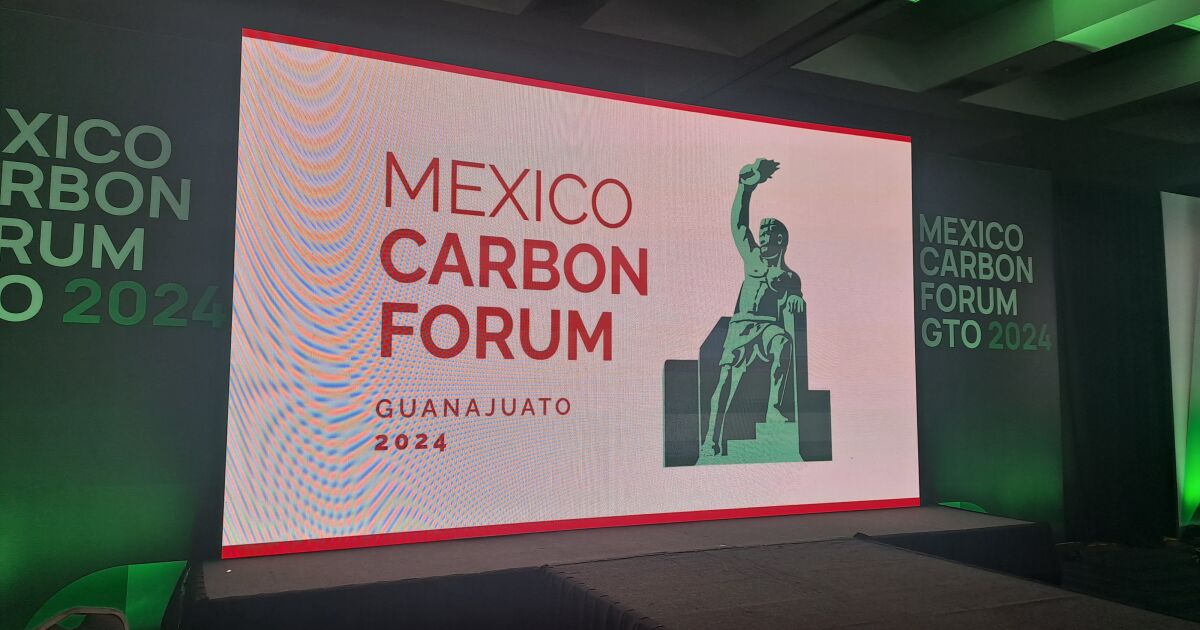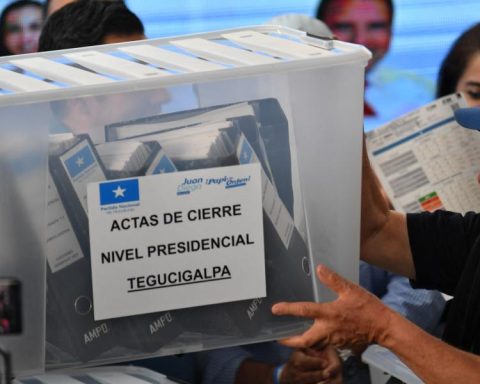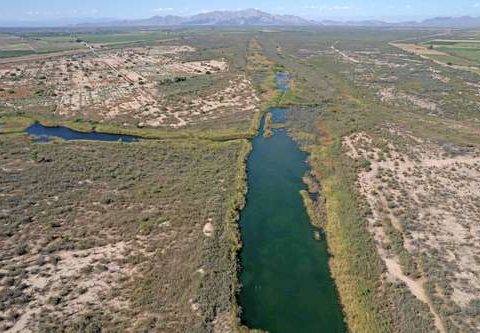Tamaulipas is one of the states that have recently implemented a carbon tax, with a taxable rate of three times the daily value of the UMA, which represents 325.71 pesos per ton of CO2. The state emphasizes its search for developing incentives for the reduction and compensation of emissions.
“The green tax was implemented in Tamaulipas very recently. In this sense, we do not see it as a revenue tax in the state, but rather as an invitation to companies to improve their production processes and reduce their emissions. We undertook the task of studying the cost of each ton in the atmosphere, and we concluded that the fair cost in the state was eight UMAs for each ton,” said Karina Saldívar Lartigue, Secretary of Urban Development and Environment (SEDUMA) of Tamaulipas.
Saldívar stressed that only 10% of companies emit 90% of greenhouse gases in the state. Therefore, it was decided that companies that emit more than 25,000 tons of carbon annually will be the ones to pay this tax and said that charging companies of other sizes is still being studied, which is a great challenge. The resources obtained are used for mitigation projects and attention to climate change.
On the other hand, Alberto Carmona, Secretary of Environment and Territorial Planning of the state of Guanajuato, said that an instrument such as the carbon tax helps to solve very specific problems; however, it cannot be seen as a single applicable instrument, since there are different contexts between the states.
Carmona stressed that states interested in implementing this type of instrument must go through a design process that integrates all interested parties, since they are the subjects that can provide the greatest contribution to the operation and implementation. “In the end, the benefits must be for us, the citizens,” he added.
The state of Guanajuato has raised 44 million pesos through ecological taxes that will be used for environmental and climate action. The Environment representative also reiterated that as the host of the Mexico Carbon Forum 2024, it will seek the greatest possible progress in the harmonization of state and national climate agendas.


















